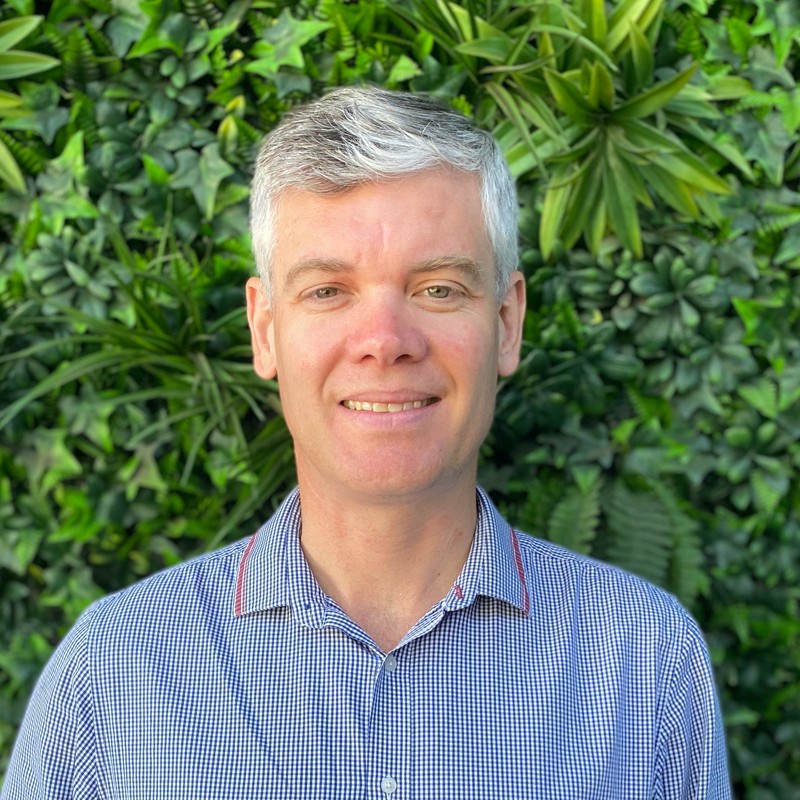New regional plan
for South East Queensland
The South East Queensland Regional Plan 2017, also known as ShapingSEQ, is the new regional plan for the South East Queensland (SEQ) region, covering an area from Noosa in the north to the Gold Coast / New South Wales border in the south and west to Toowoomba. ShapingSEQ was given effect on 11 August 2017 and replaces the South East Queensland Regional Plan 2009-2031. ShapingSEQ provides a regional framework for growth management, and sets planning direction for the SEQ region. In this industry note, we focus on recent changes to the assessment of service stations (including truck-stops and service centres) in the SEQ Region.
Where have we come from?
The locational requirements of typical truck-stop / service centre developments often involve being located along major highways, suitably removed from built up urban areas. For the South East Queensland region, this often means sites are located outside of the ‘urban footprint’.
Under the former South East Queensland Regional Plan 2009-2031 State Planning Regulatory Provisions a service station located in rural parts of SEQ with an associated outdoor area greater than 2,000m2 required State referral agency assessment. The applicant was also required to demonstrate that there was an ‘overriding need’ for the development in the public interest. Associated outdoor area was previously defined as follows:
the total outdoor area of the site used for or in association with an urban activity, tourist activity or sport and recreation. It includes an unenclosed covered area, parking area and a manoeuvring, loading and outdoor storage area. It does not include a landscaped area and driveway.
The above definition was inflexible, with the 2,000m2 limitation a major restriction to the typical truck-stop / service centre (i.e. once you include refuelling canopies, forecourts, parking areas, manoeuvring areas, loading areas and outdoor storage areas, the majority of truck-stops and service centres would exceed 2,000m2 in associated outdoor area). This has meant that many truck-stop or service centre proposals have previously required referral agency assessment, adding more time, complexity and uncertainty to projects. Further, demonstrating ‘overriding need’ involved detailed social and economic studies with limited assurance of approval, often involving appeals in the Planning and Environment Court.
So, what has changed?
During the public consultation process for the draft ShapingSEQ document, TfA Project Group prepared a detailed submission to the Queensland Government, in support of the reduced regulation of service stations within rural areas. This included increasing the thresholds for referral and providing a more flexible and realistic definition for associated outdoor area. In response, new provisions have been created for service stations located in rural parts of SEQ. These provisions include a change to the definition of associated outdoor areas to exclude any outdoor areas that are used exclusively for –
- a rest area; or
- the manoeuvring of vehicles; or
- the parking of vehicles for no more than 20 hours; or
- another activity that is necessary for the carrying out of the use.
Based on the above exclusions, the associated outdoor areas for many modern truck-stops and service centres will now no longer exceed 2,000m2. Therefore, many truck-stop or service centre proposals, which may have previously required referral agency assessment, will no longer trigger referral, or an ‘overriding need’ assessment, thus saving time and money in the DA process, and creating more certainty for proponents.
Where to from here?
According to ShapingSEQ, the population of South East Queensland is projected to grow from 3.5 million to 5.3 million by 2041. This equates to an additional 1.8 million SEQ residents over the next 25 years. Population growth will result in increased passenger vehicle and road freight movements, which is likely to increase the demand for highway focussed service stations, trucks stops and service centres located in rural areas outside of the SEQ Urban Footprint. The new ShapingSEQ document together with the Planning Regulation 2017 are likely to improve the viability for many service station proposals, which may have previously been unviable.
Any queries in relation to town planning, please contact John Rowell (Director – Town Planning) or Luke Conroy (Senior Town Planner), who would be happy to discuss further.
Telephone – 1300 794 300
Email – enquiry@tfa.com.au



